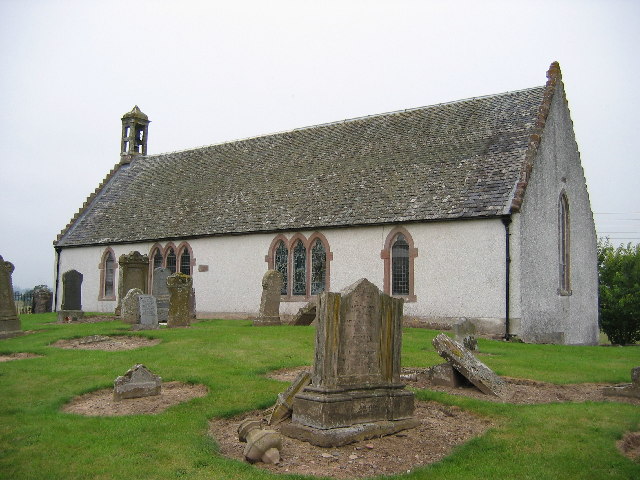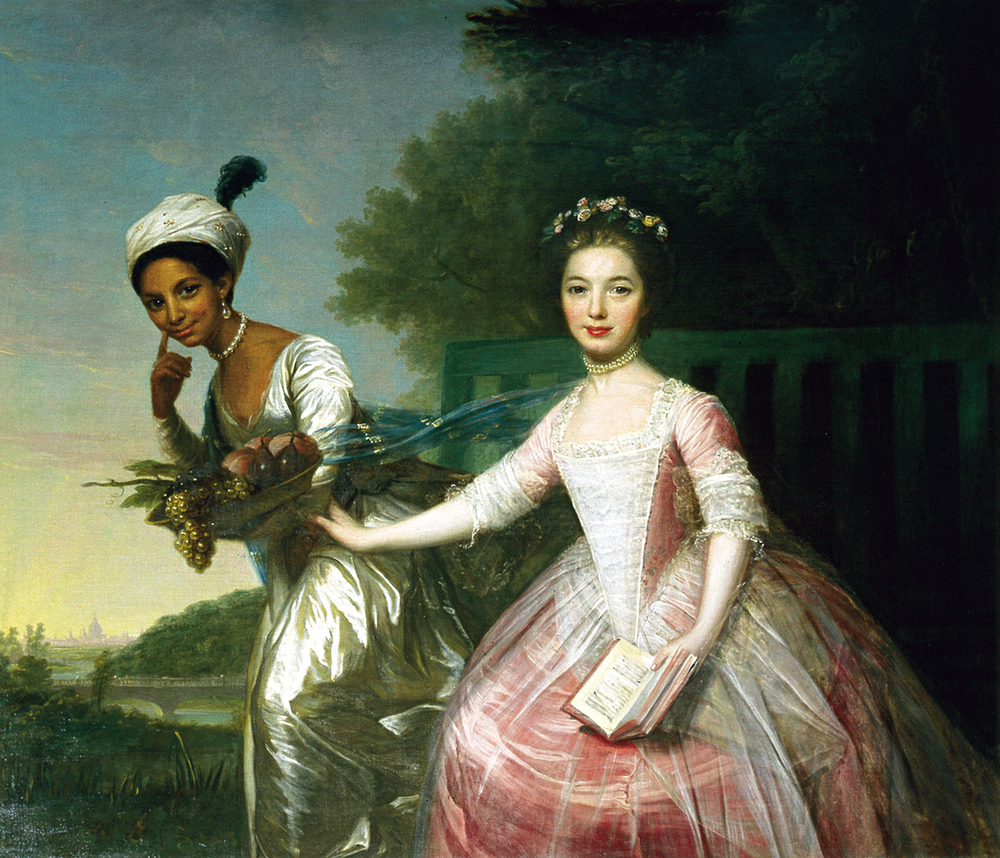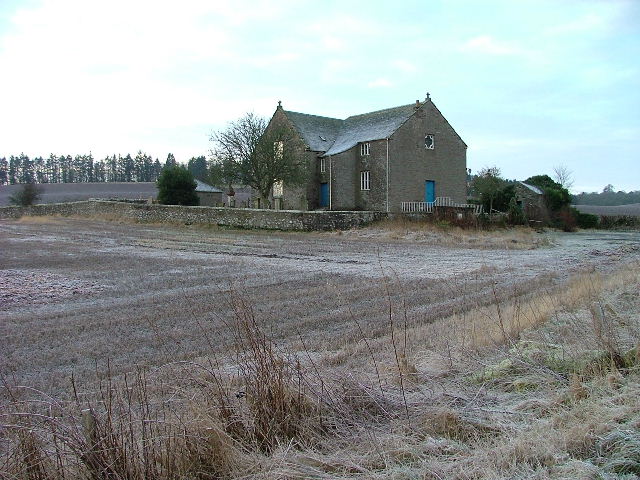|
Peter Robert Drummond
Peter Robert Drummond (1802–1879) was a Scottish businessman and biographer. Life Drummond, the son of a small farmer, was born and educated in the parish of Madderty, Perthshire, and in early life worked as a carpenter. He attained skill as a maker of picture-frames, and gained some knowledge of art. In later years he collected of pictures and engravings. While at Glasgow as assistant in the shop of an uncle, a provision merchant, his love of literature first developed itself. Towards the close of 1832 he opened a circulating library at 15 High Street, Perth, Scotland, Perth. During the same year he met Robert Nicoll, the poet, then apprenticed to Mrs. Robertson, a grocer, on the opposite side of the street. By Drummond's advice Nicoll gave up grocery and started a bookselling business in Dundee. A few years later Drummond was able to move to larger premises at 32 High Street, where he entered fully into the bookselling trade. He was here the means of introducing Jenny Lind, G ... [...More Info...] [...Related Items...] OR: [Wikipedia] [Google] [Baidu] |
Madderty, Perthshire
Madderty is a village in Strathearn, Perth and Kinross. It lies on the former railway line connecting Perth, Scotland, Perth and Crieff. The Gask Ridge and its Roman road lie to the south and the remains of Inchaffray Abbey to the north. Madderty is mentioned in a charter of about 1200, at which time there was a church dedicated to Saint Ethernan in the village. The prominent agricultural zoologist Dr Daniel MacLagan FRSE (1904-1991) was born on Williamstone Farm here and later ran the farm.https://www.rse.org.uk/cms/files/fellows/obits_alpha/maclagan_daniel.pdf References External links Gazetteer for Scotland Villages in Perth and Kinross {{PerthKinross-geo-stub ... [...More Info...] [...Related Items...] OR: [Wikipedia] [Google] [Baidu] |
Wellshill Cemetery
Wellshill Cemetery is a 19th-century cemetery in the Scottish city of Perth, Perth and Kinross. Located on Feus Road, the cemetery is still operational and is under the control of Perth and Kinross Council. In general the grounds are well-landscaped and well-maintained but with some minor vandalism in the central sections. Unlike many council cemeteries stones are not laid flat if considered dangerous but instead are marked with caution tapes. History The cemetery was opened in 1844 as a private cemetery. The original section and original entrance gates lie to the south-east. A parochial (free section) was added to the north around 1860 and further private sections added to the west (now the centre) and far north. A modern section was added by the Council on former Jeanfield recreation ground to the west, and is known as Jeanfield Cemetery. A wall exists between the two cemeteries but the wall has a gap at each end for mutual access. Modern access is from the south-west on Jeanf ... [...More Info...] [...Related Items...] OR: [Wikipedia] [Google] [Baidu] |
19th-century Biographers
The 19th (nineteenth) century began on 1 January 1801 ( MDCCCI), and ended on 31 December 1900 ( MCM). The 19th century was the ninth century of the 2nd millennium. The 19th century was characterized by vast social upheaval. Slavery was abolished in much of Europe and the Americas. The First Industrial Revolution, though it began in the late 18th century, expanding beyond its British homeland for the first time during this century, particularly remaking the economies and societies of the Low Countries, the Rhineland, Northern Italy, and the Northeastern United States. A few decades later, the Second Industrial Revolution led to ever more massive urbanization and much higher levels of productivity, profit, and prosperity, a pattern that continued into the 20th century. The Islamic gunpowder empires fell into decline and European imperialism brought much of South Asia, Southeast Asia, and almost all of Africa under colonial rule. It was also marked by the collapse of the la ... [...More Info...] [...Related Items...] OR: [Wikipedia] [Google] [Baidu] |
1879 Deaths
Events January–March * January 1 – The Specie Resumption Act takes effect. The United States Note is valued the same as gold, for the first time since the American Civil War. * January 11 – The Anglo-Zulu War begins. * January 22 – Anglo-Zulu War – Battle of Isandlwana: A force of 1,200 British soldiers is wiped out by over 20,000 Zulu warriors. * January 23 – Anglo-Zulu War – Battle of Rorke's Drift: Following the previous day's defeat, a smaller British force of 140 successfully repels an attack by 4,000 Zulus. * February 3 – Mosley Street in Newcastle upon Tyne (England) becomes the world's first public highway to be lit by the electric incandescent light bulb invented by Joseph Swan. * February 8 – At a meeting of the Royal Canadian Institute, engineer and inventor Sandford Fleming first proposes the global adoption of standard time. * March 3 – United States Geological Survey is founded. * March 11 – ... [...More Info...] [...Related Items...] OR: [Wikipedia] [Google] [Baidu] |
1802 Births
Eighteen or 18 may refer to: * 18 (number), the natural number following 17 and preceding 19 * one of the years 18 BC, AD 18, 1918, 2018 Film, television and entertainment * ''18'' (film), a 1993 Taiwanese experimental film based on the short story ''God's Dice'' * ''Eighteen'' (film), a 2005 Canadian dramatic feature film * 18 (British Board of Film Classification), a film rating in the United Kingdom, also used in Ireland by the Irish Film Classification Office * 18 (''Dragon Ball''), a character in the ''Dragon Ball'' franchise * "Eighteen", a 2006 episode of the animated television series ''12 oz. Mouse'' Music Albums * ''18'' (Moby album), 2002 * ''18'' (Nana Kitade album), 2005 * '' 18...'', 2009 debut album by G.E.M. Songs * "18" (5 Seconds of Summer song), from their 2014 eponymous debut album * "18" (One Direction song), from their 2014 studio album ''Four'' * "18", by Anarbor from their 2013 studio album '' Burnout'' * "I'm Eighteen", by Alice Cooper commonly ... [...More Info...] [...Related Items...] OR: [Wikipedia] [Google] [Baidu] |
Rake (tool)
A rake (Old English ''raca'', cognate with Dutch ''hark'', German ''Rechen'', from the root meaning "to scrape together", "heap up") is a broom for outside use; a horticultural implement consisting of a toothed bar fixed transversely to a handle, or tines fixed to a handle, and used to collect leaves, hay, grass, etc., and in gardening, for loosening the soil, light weeding and levelling, removing dead grass from lawns, and generally for purposes performed in agriculture by the harrow. Large mechanized versions of rakes are used in farming, called hay rakes, are built in many different forms (e.g. star-wheel rakes, rotary rakes, etc.). Nonmechanized farming may be done with various forms of a hand rake. Types of rakes Modern hand-rakes usually have steel, plastic, or bamboo teeth or tines, though historically they have been made with wood or iron. The handle is typically a ~ haft made of wood, bamboo, steel or fiberglass. Leaf rakes, used like a broom to gather lea ... [...More Info...] [...Related Items...] OR: [Wikipedia] [Google] [Baidu] |
Butter Churn
A butter churn is a device used to convert cream into butter. This is done through a mechanical process, frequently via a pole inserted through the lid of the churn, or via a crank used to turn a rotating device inside the churn. Etymology The word “butter” is believed to be derived from the Greek word bou-tyron, the approximate meaning of which is “cow cheese”. However, some believe the word came from the Scythian culture, as the ancient Greeks tended to herd sheep and goats, whose milk is not as good for butter making as that of cows, which the Scythians primarily herded. The word "churn" is from the Old English ''ċyrin,'' to churn. This is probably derived from the Old English ''cyrnel,'' "kernel," due to the appearance of butter grains after milk has been churned. The butter churn gave its name to the milk churn, early examples of which were based on butter churns. The milk churn is not, however, used for the act of churning, but rather to transport milk. Hi ... [...More Info...] [...Related Items...] OR: [Wikipedia] [Google] [Baidu] |
Great Exhibition Of 1851
The Great Exhibition of the Works of Industry of All Nations, also known as the Great Exhibition or the Crystal Palace Exhibition (in reference to the temporary structure in which it was held), was an international exhibition which took place in Hyde Park, London, from 1 May to 15 October, 1851. It was the first in a series of World's Fairs, exhibitions of culture and industry that became popular in the 19th century. The event was organised by Henry Cole and Prince Albert, husband of Victoria, Queen of the United Kingdom. Famous people of the time attended the Great Exhibition, including Charles Darwin, Karl Marx, Michael Faraday (who assisted with the planning and judging of exhibits), Samuel Colt, members of the Orléanist Royal Family and the writers Charlotte Brontë, Charles Dickens, Lewis Carroll, George Eliot, Alfred Tennyson and William Makepeace Thackeray. The opening music, under the superintendence of William Sterndale Bennett, was directed by Sir Georg ... [...More Info...] [...Related Items...] OR: [Wikipedia] [Google] [Baidu] |
The Scotsman
''The Scotsman'' is a Scottish compact newspaper and daily news website headquartered in Edinburgh. First established as a radical political paper in 1817, it began daily publication in 1855 and remained a broadsheet until August 2004. Its parent company, JPIMedia, also publishes the ''Edinburgh Evening News''. It had an audited print circulation of 16,349 for July to December 2018. Its website, Scotsman.com, had an average of 138,000 unique visitors a day as of 2017. The title celebrated its bicentenary on 25 January 2017. History ''The Scotsman'' was launched in 1817 as a liberal weekly newspaper by lawyer William Ritchie and customs official Charles Maclaren in response to the "unblushing subservience" of competing newspapers to the Edinburgh establishment. The paper was pledged to "impartiality, firmness and independence". After the abolition of newspaper stamp tax in Scotland in 1855, ''The Scotsman'' was relaunched as a daily newspaper priced at 1d and a circulat ... [...More Info...] [...Related Items...] OR: [Wikipedia] [Google] [Baidu] |
Lord Mansfield
William Murray, 1st Earl of Mansfield, PC, SL (2 March 170520 March 1793) was a British barrister, politician and judge noted for his reform of English law. Born to Scottish nobility, he was educated in Perth, Scotland, before moving to London at the age of 13 to take up a place at Westminster School. He was accepted into Christ Church, Oxford, in May 1723, and graduated four years later. Returning to London from Oxford, he was called to the Bar by Lincoln's Inn on 23 November 1730, and quickly gained a reputation as an excellent barrister. He became involved in politics in 1742, beginning with his election as a Member of Parliament for Boroughbridge, now in North Yorkshire, and appointment as Solicitor General. In the absence of a strong Attorney General, he became the main spokesman for the government in the House of Commons, and was noted for his "great powers of eloquence" and described as "beyond comparison the best speaker" in the House of Commons. With the promotion o ... [...More Info...] [...Related Items...] OR: [Wikipedia] [Google] [Baidu] |
Glasgow
Glasgow ( ; sco, Glesca or ; gd, Glaschu ) is the most populous city in Scotland and the fourth-most populous city in the United Kingdom, as well as being the 27th largest city by population in Europe. In 2020, it had an estimated population of 635,640. Straddling the border between historic Lanarkshire and Renfrewshire, the city now forms the Glasgow City Council area, one of the 32 council areas of Scotland, and is governed by Glasgow City Council. It is situated on the River Clyde in the country's West Central Lowlands. Glasgow has the largest economy in Scotland and the third-highest GDP per capita of any city in the UK. Glasgow's major cultural institutions – the Burrell Collection, Kelvingrove Art Gallery and Museum, the Royal Conservatoire of Scotland, the Royal Scottish National Orchestra, Scottish Ballet and Scottish Opera – enjoy international reputations. The city was the European Capital of Culture in 1990 and is notable for its architecture, cult ... [...More Info...] [...Related Items...] OR: [Wikipedia] [Google] [Baidu] |
Redgorton
Redgorton is a settlement in Gowrie, Perth and Kinross, Scotland. It lies a few miles from the River Tay and the A9 road, across the latter from Luncarty. It lies close to the Inveralmond Industrial Estate. Etymology The first recorded spelling of Redgorton was Rochgorton, this can be found in a charter of King David I preserved in the chartulary of Scone. The prefix of the current name, can be seen as translation of the Gaelic word Roch, or Ruach, which means 'red.' Gorton, or Garton, suggests "a little field;". The name as a whole, Redgorton, can be interpreted as 'the red field or field of blood,' and it has been mooted that it arose on account of the proximity of the Battle of Luncarty, which took place near Redgorton in c. 980AD between the Danes and the Scots. Further weight is added to this interpretation by the name, Battleby given to the Scottish Natural Heritage centre just outside Redgorton. It is important to note that there is much myth surrounding the batt ... [...More Info...] [...Related Items...] OR: [Wikipedia] [Google] [Baidu] |







